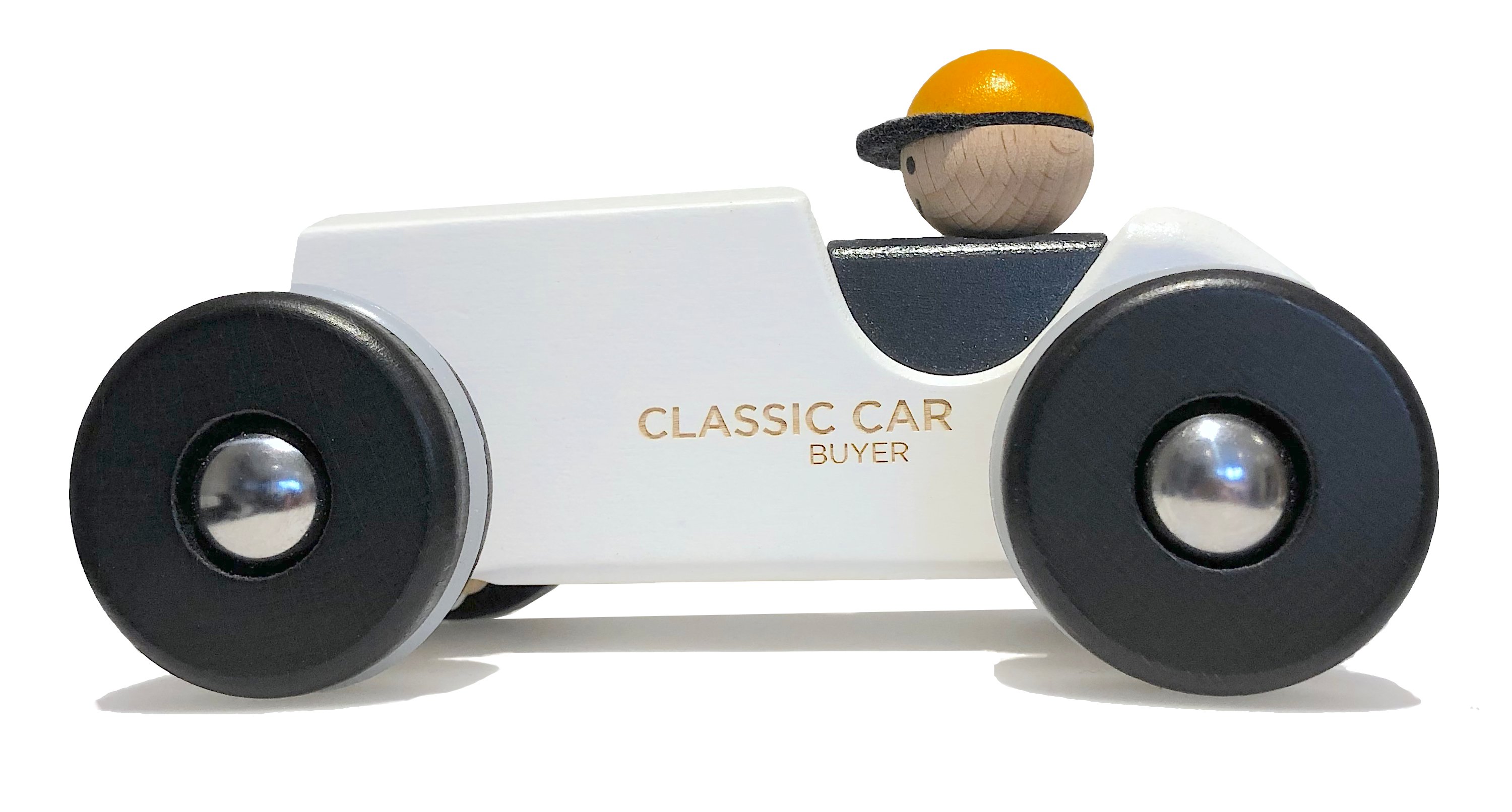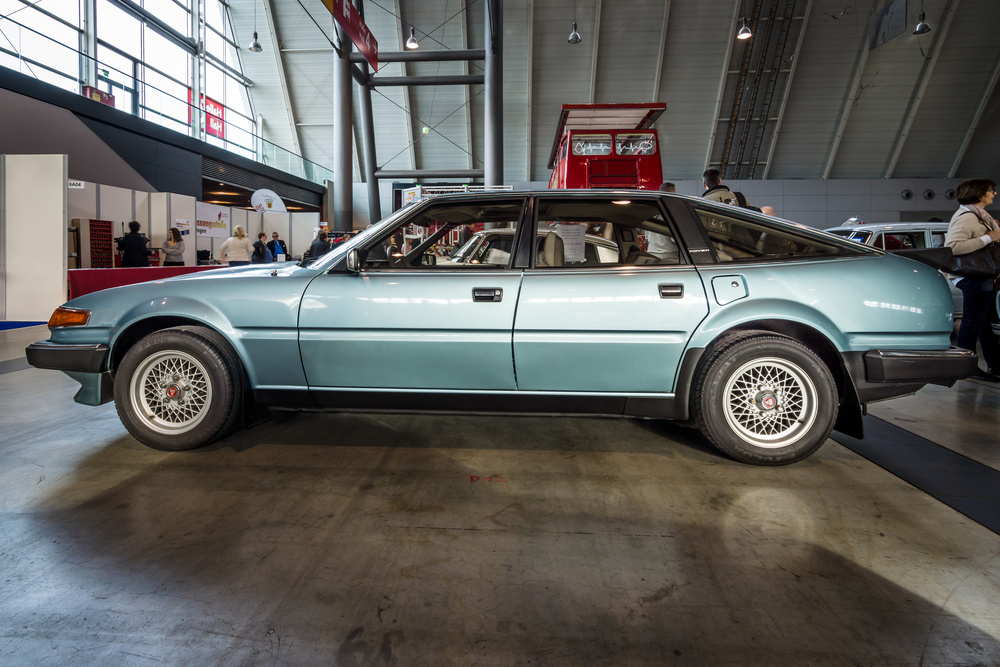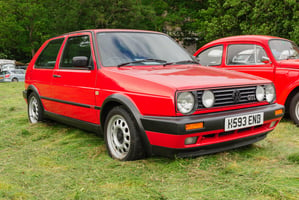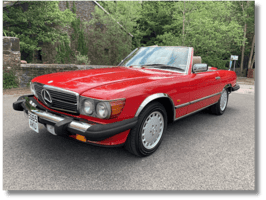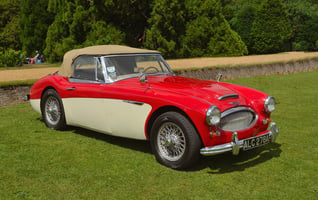The 1980s were a bit of a golden era for British motoring. It was a decade of Rubik’s Cubes,...
The Rover SD1 label (both a codename and an eventual production name) represents a series of executive cars manufactured by Rover as part of the British Leyland group. The SD1 was produced from 1976 to 1986, before being succeeded by the Rover 800. The ‘SD’ in its name stands for ‘Specialist Division’, while the ‘1’ signifies it as the first model crafted by the division’s in-house design. It was marketed under various names, was widely used as a police car in the UK, and notably won the prestigious European Car of the Year award in 1977.
The Rover SD1 was launched as a successor to the Rover P6, with the aim of modernising Rover’s image. It was designed to compete with the likes of the BMW 5 Series and Mercedes-Benz E-Class, offering a blend of luxury and performance.
By the early 1980s, Rover sought to revitalise the SD1 range amidst declining sales, which led to the introduction of the Vitesse in 1982.

The SD1 Vitesse was a specific model under the banner, fully deserving a special mention here all of its own. It was truly a standout model in the SD1 lineup, firmly cementing its legacy as one of Britain’s most iconic performance cars of the 1980s. With its striking design, powerful engine and a whole array of innovative features, it has now become a firm favourite among classic car owners.
While the earlier SD1 models were more focused on luxury than outright performance, the introduction of the Vitesse brought a much-needed sporting edge to the range. The SD1’s fastback shape was not just about aesthetics - it was designed with aerodynamics in mind, featuring a sleek profile and an additional (yet subtle) rear spoiler on the Vitesse to improve high-speed stability.
The Vitesse was designed to appeal to the performance market. It featured a fuel injection V8 engine, which increased its output to 190 bhp and helped it gain a significant boost in power and acceleration. This gave the car a 0-60 mph time of just over 7 seconds, putting it in competition with German rivals of the time.

The suspension was revised for the Vitesse, featuring stiffer springs and dampers, along with anti-roll bars to improve cornering performance. The car’s brakes were also upgraded, with ventilated front discs to handle the increased performance. The Vitesse had distinctive 15” alloy wheels with performance tyres, which complemented its aggressive stance. The interior featured sporty touches, such as bolstered seats and a leather-wrapped steering wheel.
Sadly, production of the SD1 range ended in 1986, marking the conclusion of an era as Rover transitioned to newer models under the Austin Rover Group banner.
Today, the Vitesse is a relatively sought-after collector’s car, representing a period when British manufacturers sought to take on the best from Europe. It’s a reminder of an era when Rover was daring to be bold, blending both luxury and performance in a way that few others were.



